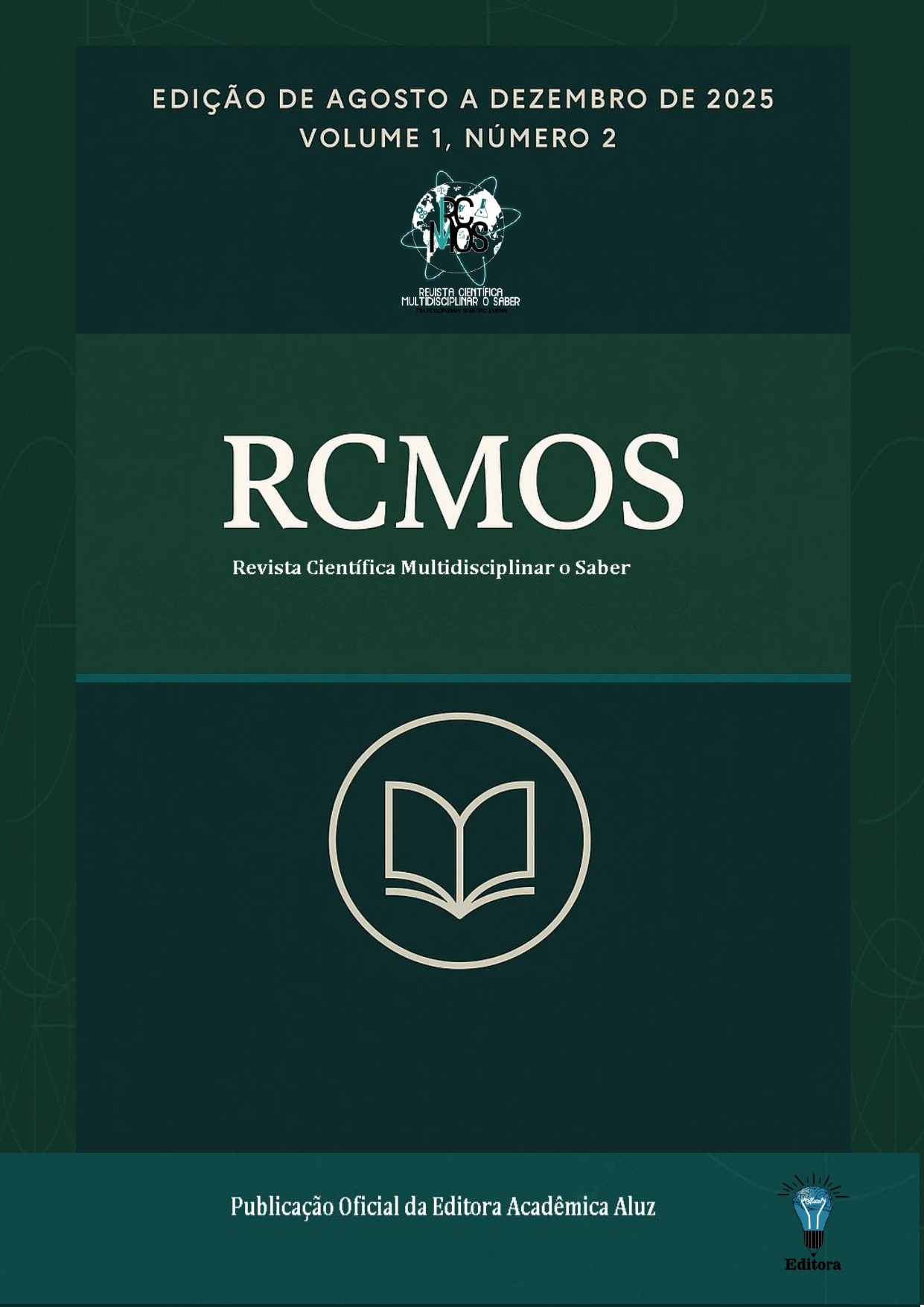Is there (in)visibility of cholas on the Corumbá border?
Is there (in)visibility of cholas on the Corumbá border?
DOI:
https://doi.org/10.51473/rcmos.v1i2.2025.1283Keywords:
Cholas, border, (in) visibility, identity, culture.Abstract
Corumbá, located in Mato Grosso do Sul, on the border with Bolivia, there are Bolivian women who are called cholas, who dress in traditional Quechua and Aymara clothing and have maintained their traditions, culture and clothing for over 500 years. The cholas are in the city of Corumbá working in commerce and street markets. Based on a section of the master's research, which passed through the human ethics committee, we wrote the current article. Objectives In this work, we intend to analyze whether Bolivian cholas are visible or invisible to the people of Corumbá. If, when working in the Pantanal on the Brazilian side, they are recognized by Brazilians, unknown or are made invisible. This study prioritizes the oral report research methodology with semi-open and semi-structured interviews, bibliographic and descriptive review. Interviews were conducted with employees from various commercial segments in Corumbá who work at the reception desk to see if, when they see photos of cholas, they know the term, have friends with them, and have information about their culture and origins. A total of 10 people who work in the shopping center of Corumbá, providing a variety of services and customer service, were interviewed. The results showed that people who work in the stores in Corumbá see them working in the city, but are unaware of their culture or origins, and do not have any friendly relationships.
Downloads
References
ANZALDÚA, Gloria. Bordelands/Fronteras: la nueva mestiza. Trad. Carmen Valle . Colección Ensayo. Madrid: Capitán Swing Libros, S.L. 2016. https://enriquedussel.com/txt/Textos_200_Obras/Giro_descolonizador/Frontera-Gloria_Anzaldua.pdf
GARCIA. H. R. Género, Mestizaje Y estereotipos culturales: El caso de las cholas bolivianas. Universidad Mayor San Simón, Cochabamba, Bolivia, 2010
NETO, N. (2020). Invisibilidade social: Reconhecimento e desrespeito aos grupos subalternizados no Brasil. PUC-Rio.
PÉREZ-RUIZ, M.L. Nacido indio, siempre indio. Discriminación y racismo en Bolivia. DEAS-INAH, 2000. p.73-87.
RAFFESTIN, Claude. Por uma Geografia do Poder. São Paulo: Ática: 1993.
RIVERA, Silvia Cusicanqui. Sociología de la imagen: ensayos. 1a ed. - Ciudad Autónoma de Buenos Aires: Tinta Limón, 2015.
VERGÈS.FRANÇOISE. Um Feminismo Decolonial. 2019. França . Editora EBU.
PORTO, J. Invisibilidade Social e a Cultura do Consumo. Departamento de Artes e Design. PUC-RIO, n1900 p. 4, 2006.
Downloads
Additional Files
Published
Issue
Section
Categories
License
Copyright (c) 2025 Andrea Paola Yanguas Xavier (Autor)

This work is licensed under a Creative Commons Attribution 4.0 International License.












